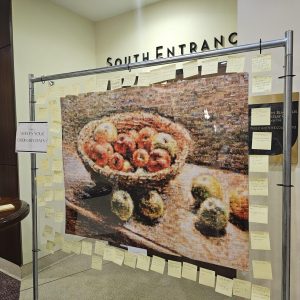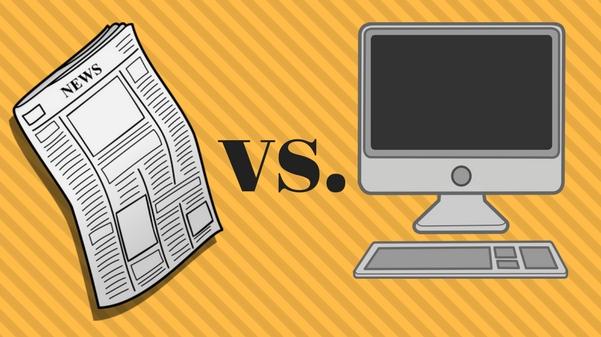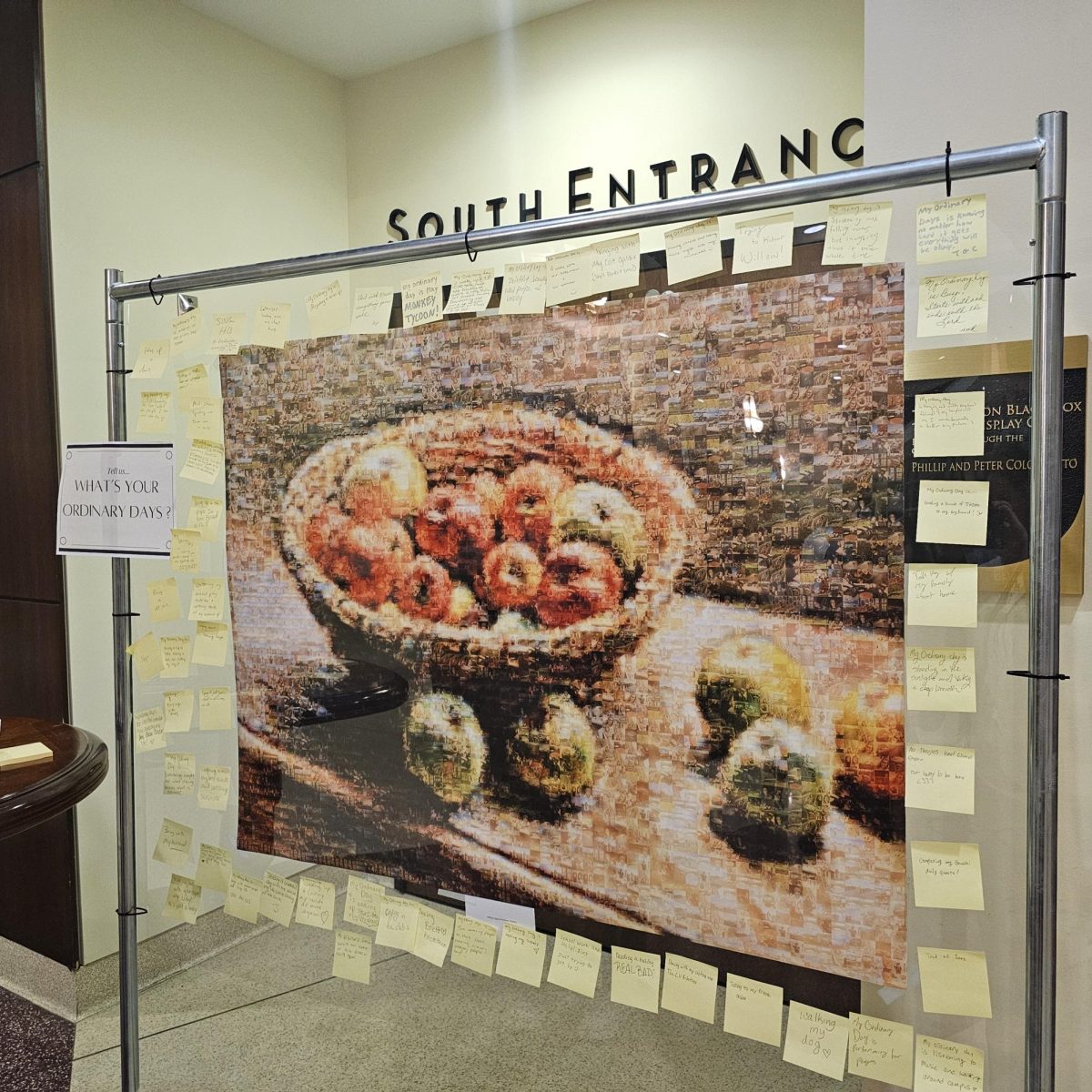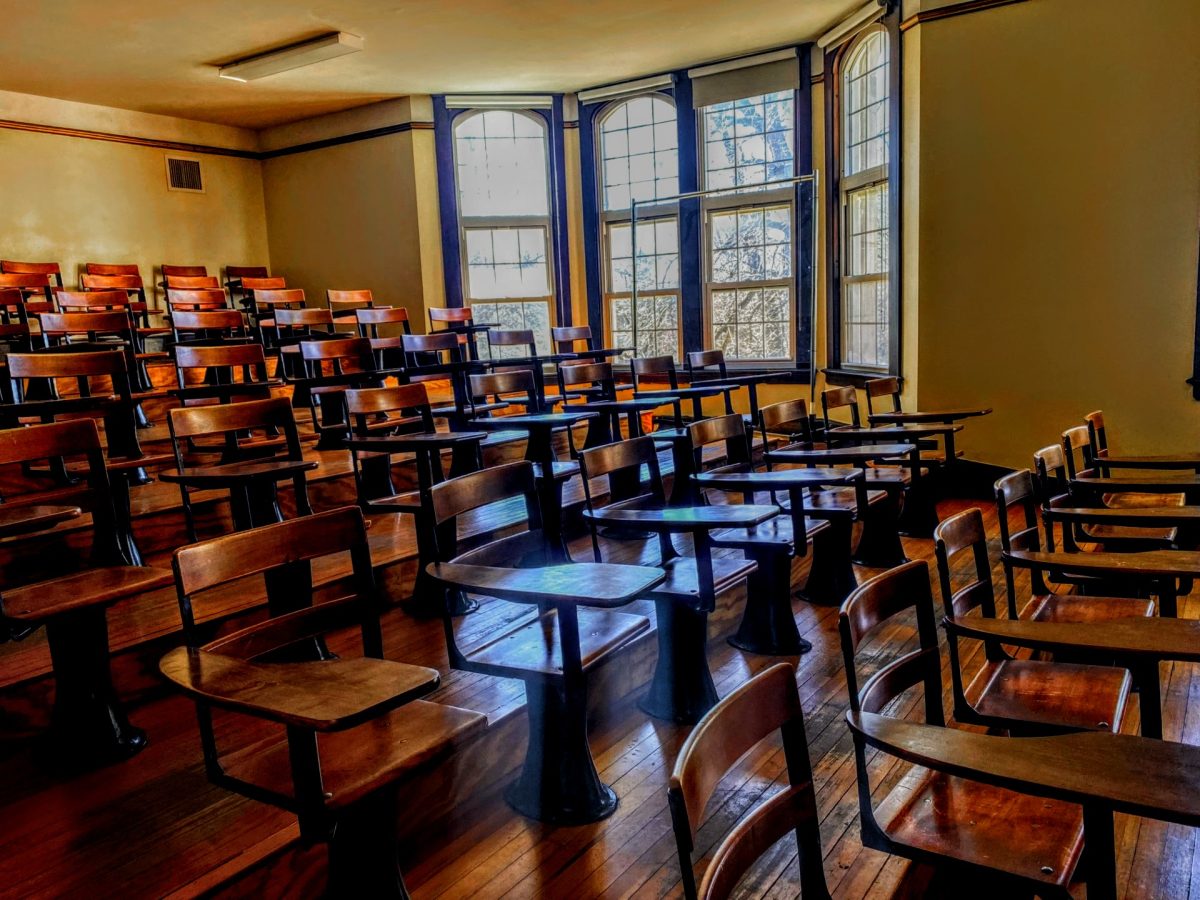J.T. BUCHHEIT | Chief Copy Editor
As you may know, the Legacy is transitioning from a physical newspaper to a primarily online publication with a magazine coming out twice this semester. While this may be a necessary step for many newspapers, my opinions on this change are mixed.
This is my seventh year working on school newspapers, and this change is not new to me. I went to a community college two years ago when the paper was being phased out to change the focus to an online-only platform.
There was a perpetual struggle there to acquire readers both for the papers and online content. But Lindenwood is not a community college, so the results may be more positive.
Community colleges are commuter campuses: You go there, you go to classes and you go home. Interest in the school’s events and goings-on are very low for the most part, and this extended to the newspaper.
It can be argued quite convincingly that Lindenwood lacks school spirit as well, but a difference is that a fair amount of students live on campus and are thus more in tune with current campus happenings.
This could lead to more interest in reading the news, be it through papers or online. I have seen that the hits on Lindenlink are much higher than the hits on my other college’s news website, and there are more followers on social media as well.
However, I am going to miss the weekly newspaper. I serve as the chief copy editor on the staff, and there have been studies showing that editors catch more errors when editing actual papers instead of online content.
I also liked marking people’s mistakes on the paper because it could show them what they did wrong and help them get it correct the next time around.
Another aspect of the paper I enjoyed was seeing students and staff read the paper. It gave me a sense of satisfaction to see people taking in our hard work.
The hits on Lindenlink don’t give me the same sense of elation because I don’t know if people are browsing different articles or just reading the articles they clicked the links to. Very few people type “lindenlink” in the address; most use social media to see articles that catch their fancies.
But the magazine will still provide physical content for me to edit, albeit less often. I also think it will have more readers than the newspapers ever did because the magazines will not be released nearly as often, leading to people being more interested in reading the content when they are released.
It is somewhat similar to many companies’ marketing strategies of releasing limited-edition products and bringing them back every so often.
I can understand why this change is being made with physical newspapers becoming less popular, and while I may not be the biggest proponent of the change, there is some reason for optimism when it comes to increasing readership, or at least keeping it stable.













